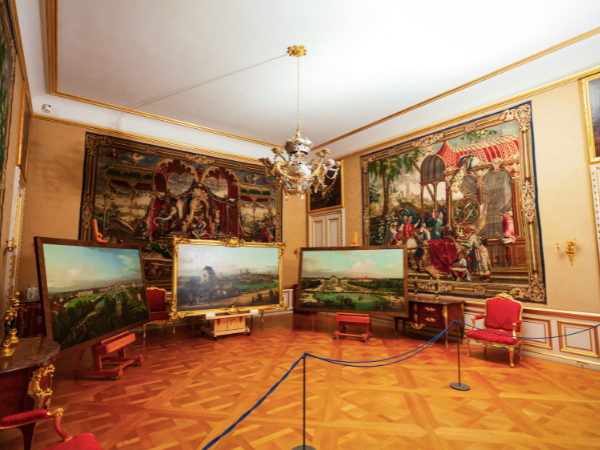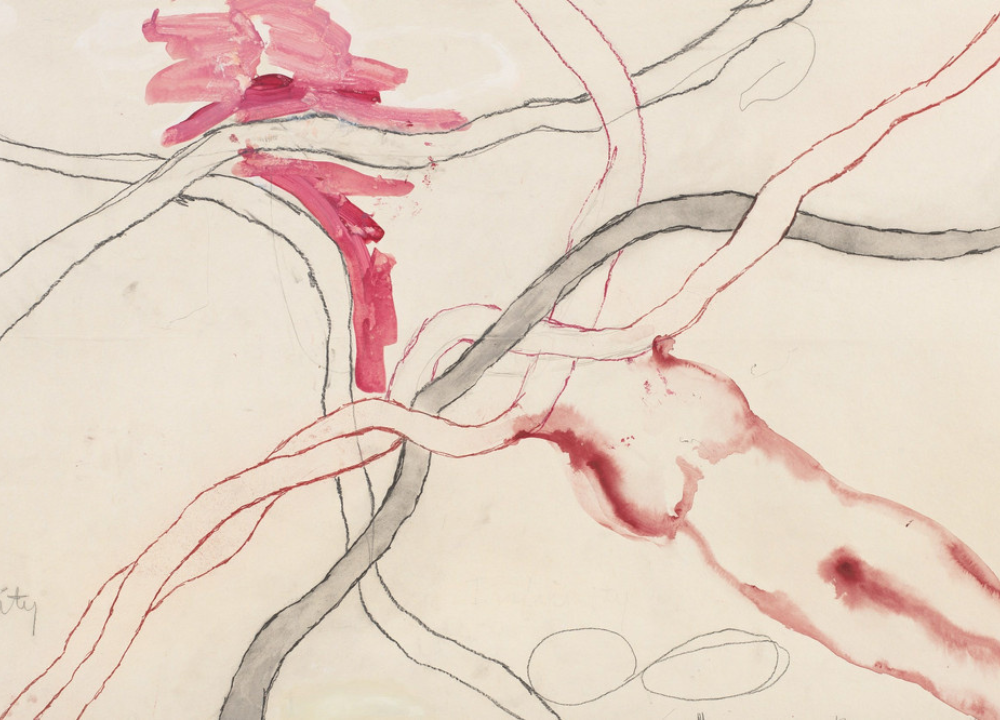In 2024–2025, Berlin marked the 250th anniversary of Caspar David Friedrich’s birth with a series of landmark exhibitions. The German Romantic painter, best known for his atmospheric landscapes and spiritual symbolism, was celebrated not only as a master of his era but also as an artist whose vision continues to resonate in today’s world.
Berlin’s Grand Tribute to Caspar David Friedrich
Berlin’s museums and cultural institutions collaborated to honor Friedrich with exhibitions that drew international attention. His works were displayed alongside contemporary interpretations, creating a dialogue between past and present.
- The Alte Nationalgalerie hosted a major retrospective of Friedrich’s most iconic paintings.
- The Hamburger Bahnhof presented contemporary artists inspired by Romanticism.
- Outdoor installations recreated Friedrich’s landscapes in Berlin’s parks.
- Special lectures and symposia explored his influence on philosophy and literature.
- Digital exhibitions allowed global audiences to experience his art virtually.
This citywide tribute highlighted Berlin’s role as a cultural hub and reaffirmed Friedrich’s place as one of Germany’s most important artistic figures. The celebrations underscored how his vision of nature and spirituality still speaks to modern audiences.
Romanticism at 250: Why Friedrich Still Matters
Two and a half centuries after his birth, Friedrich’s art remains relevant because it addresses timeless human concerns—solitude, mortality, and the search for meaning.
- His landscapes emphasize the individual’s smallness against vast natural forces.
- Themes of spirituality and transcendence resonate across cultures.
- His works reflect early ecological awareness, valuing nature’s fragility.
- The Romantic ideal of emotion over reason continues to inspire artists.
- His imagery has influenced film, photography, and popular culture.
Friedrich’s art endures because it captures universal emotions. His paintings remind us that the human spirit is inseparable from the natural world, a message that feels especially urgent in today’s climate-conscious era.
Iconic Works on Display: From Wanderer Above the Sea of Fog to The Sea of Ice
The Berlin exhibitions brought together some of Friedrich’s most celebrated works, offering visitors a rare chance to see them in one place.
- Wanderer Above the Sea of Fog (1818) symbolizes human contemplation of the sublime.
- The Sea of Ice (1823–24) depicts the destructive power of nature.
- Monk by the Sea (1808–10) reflects spiritual solitude and vastness.
- Chalk Cliffs on Rügen (1818) celebrates natural beauty and fragility.
- The Abbey in the Oakwood (1809–10) explores themes of death and transcendence.
These masterpieces reveal Friedrich’s ability to blend realism with symbolism. By placing human figures within overwhelming landscapes, he invited viewers to reflect on their own place in the universe.
The Spiritual Dimension of Friedrich’s Landscapes
Friedrich’s art is often described as religious, though not in a traditional sense. His landscapes convey a spiritual experience rooted in nature rather than church doctrine.
- Crosses and abbey ruins symbolize faith amid decay.
- Sunsets and dawns suggest divine presence in natural cycles.
- Figures facing away from the viewer invite shared contemplation.
- Vast horizons evoke eternity and the infinite.
- His use of light creates a sense of transcendence.
Through these elements, Friedrich transformed landscape painting into a form of spiritual meditation. His works encourage viewers to seek meaning beyond the material world, making them deeply personal and universal at once.
Nature, Solitude, and the Sublime in His Art
Friedrich’s paintings often depict solitary figures in vast landscapes, embodying the Romantic fascination with the sublime—the awe and terror inspired by nature’s immensity.
- Mountains and seas dwarf human presence.
- Fog and mist obscure clarity, suggesting mystery.
- Ruins remind viewers of time’s passage and human fragility.
- Trees, often bare or twisted, symbolize endurance and mortality.
- Figures in contemplation reflect humanity’s search for purpose.
These themes resonate because they mirror our own encounters with nature. Friedrich’s art reminds us that solitude can be both humbling and uplifting, offering space for reflection in a chaotic world.
How Friedrich Influenced Generations of Artists
Friedrich’s influence extends far beyond his lifetime, shaping the work of painters, photographers, and filmmakers.
- German Expressionists drew on his emotional intensity.
- Symbolist painters adopted his use of allegory and mood.
- Modern landscape photographers echo his compositions.
- Filmmakers like Werner Herzog and Terrence Malick reference his imagery.
- Contemporary artists reinterpret his themes in digital and installation art.
This legacy shows that Friedrich’s vision transcends Romanticism. His ability to merge emotion, symbolism, and nature continues to inspire creative minds across disciplines.
Reimagining Romanticism Through Contemporary Perspectives
The Berlin exhibitions also explored how Friedrich’s Romantic ideals can be reinterpreted in today’s context.
- Contemporary artists addressed climate change through Romantic imagery.
- Installations reimagined solitude in the digital age.
- Multimedia works blended Friedrich’s motifs with modern technology.
- Global perspectives expanded Romanticism beyond Europe.
- Performances and soundscapes recreated the emotional power of his art.
By reimagining Romanticism, these exhibitions proved that Friedrich’s ideas are not relics of the past but living concepts that adapt to new cultural realities.
Berlin’s Role in Preserving and Celebrating Friedrich’s Legacy
Berlin has long been central to Friedrich’s legacy, and the 250th anniversary reaffirmed the city’s role as a guardian of Romantic art.
- The Alte Nationalgalerie houses key Friedrich works.
- Berlin’s cultural institutions collaborate on research and preservation.
- Public programs engage new generations with Romanticism.
- International loans bring Friedrich’s art to wider audiences.
- Berlin’s exhibitions set global standards for curating Romantic art.
By preserving Friedrich’s works and reintroducing them to contemporary audiences, Berlin ensures that his vision remains alive. The city’s commitment highlights how cultural heritage can continue to inspire future generations.
Conclusion
Caspar David Friedrich’s 250th anniversary was more than a commemoration—it was a reawakening of Romanticism for the modern age. Berlin’s exhibitions revealed not only the enduring beauty of his landscapes but also their relevance to today’s world. His art continues to remind us of the profound connection between humanity, nature, and the search for meaning.




